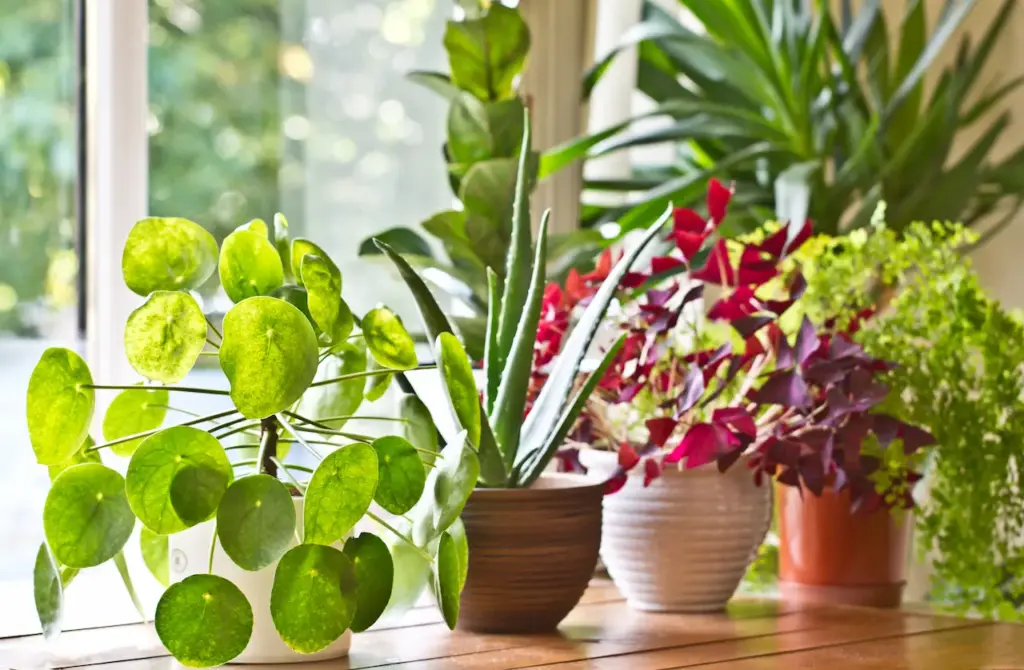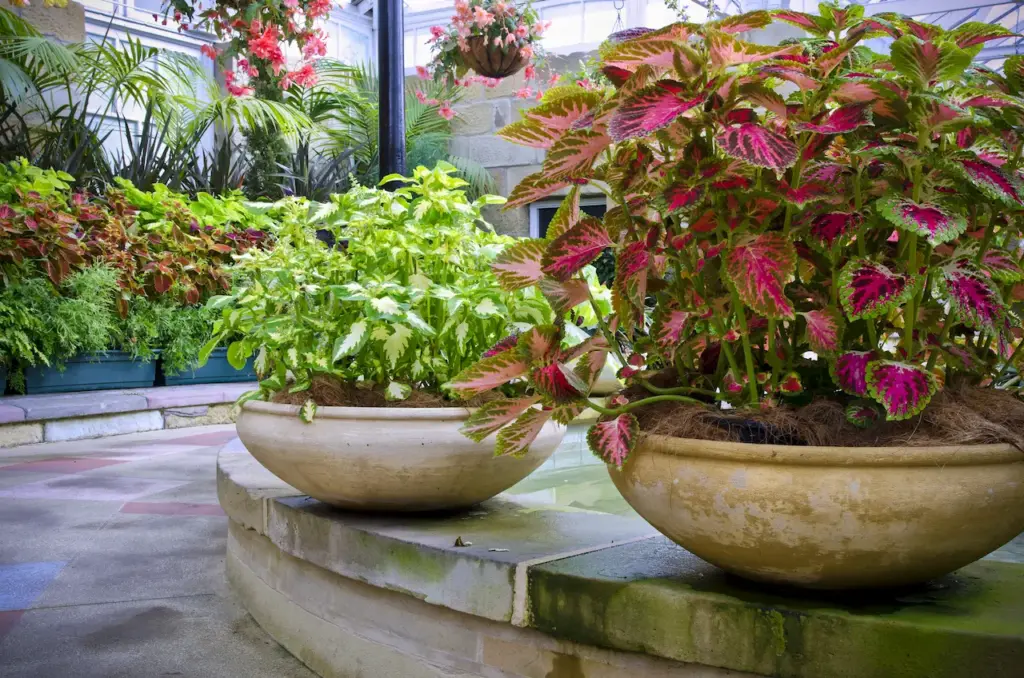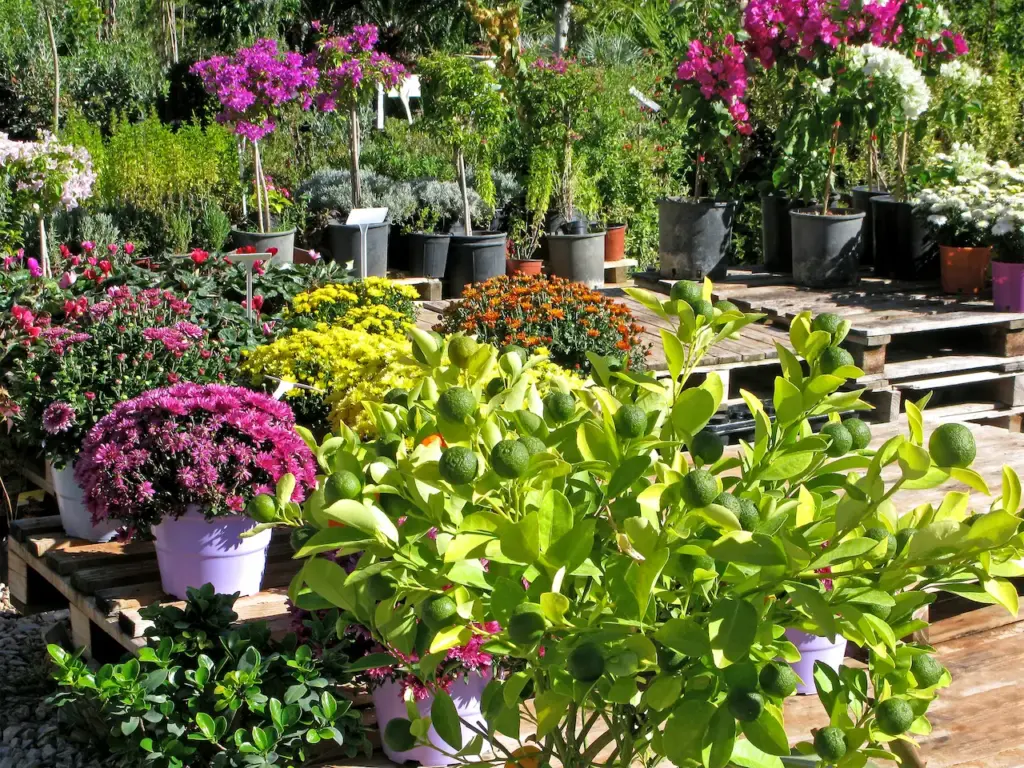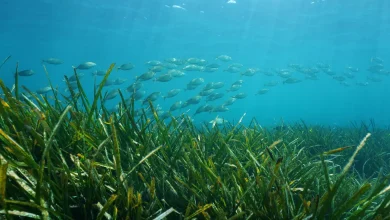What Eats Plants?
What Eats Plants And Vegetation?
Introduction
Plants serve as the base of the complex web of life, giving different habitats food and oxygen. But the lush peace of the plant world is not without its difficulties.
Plants have their predators, like any other living thing, despite lacking solid teeth or claws. Various herbivores, insects, and even tiny animals put their defenses to the test. The dynamics of ecosystems all around the planet are shaped by this delicate balance between plant life and the animals that consume it.
Knowing what consumes plants entails more than just studying herbivorous creatures. It involves exploring the complex defense systems plants use and the adaptations predators evolve to get beyond these protections.
A fascinating trip through the interconnectedness of life on Earth may be found in the narrative of what consumes plants, which ranges from insects with specialized mouthparts to giant herbivores with altered digestive systems.

Eaters Of Plants
Herbivores: The Ultimate Plant-Eating Organisms
Herbivores are a varied collection of species that have evolved to use plants as their primary source of nourishment. They range in size from little insects to big animals.
The white-tailed deer (Odocoileus virginianus), which inhabits various environments throughout North America, is one of the most famous herbivores. The primary foods of white-tailed deer are leaves, twigs, and fruits.
Their unique digestive processes enable them to chew down fibrous plant components. Because of their capacity to adapt to many flora types, they are effective herbivores that influence the plant communities in their environments.
Aphids, for example, employ specialized structures to siphon sap from plant tissues, while some insects have evolved mouthparts specifically designed for devouring leaves.
Plants and herbivores have coevolved, resulting in a never-ending arms race in which each has evolved new adaptations to deceive one another.
Microscopic Dangers: Fungi and Bacteria
Despite their small size, fungi and bacteria may seriously harm plants. Numerous plant species are the target of pathogenic fungi, such as the rust fungus (Puccinia spp.), which may destroy crops with their illnesses.
These fungus frequently infiltrate plants through wounds, infecting tissues and impairing the plant’s capacity to perform vital tasks. Bacterial blight, which results in withering and necrosis in plants, is caused by bacteria such as Pseudomonas syringae.
Despite their minuscule size, these hazards may inflict extensive harm to natural vegetation and crops.
The constant struggle between plants and these tiny predators highlights how susceptible plants are to illnesses and how important it is to have efficient disease control plans to protect the world’s food supply.
Insects: Unique Adapters for Eating Plants
Due to their enormous diversity, insects have developed various plant-eating adaptations. As demonstrated by the previously mentioned tobacco hornworm caterpillar, certain insects can detoxify and store plant poisons, which helps them fend off predators.
Another interesting example of an insect-plant relationship is that of leaf-cutter ants (Atta spp.). Instead of eating leaves directly, these ants use them to grow fungi. In turn, the fungus becomes an essential component of their nutrition.
Grazing insects are various plant predators that comprise both sap-suckers and defoliators. The Colorado potato beetle (Leptinotarsa decemlineata) is among the most well-known defoliators. This is a native North American bug that has grown to be a significant problem in potato farms.

Potato plants are a significant food source for beetle larvae and adults, which can defoliate the plants and lower agricultural output.
Aphids (Aphidoidea) and other sap-sucking insects are separate grazing insects. Aphids puncture plant tissues with specially designed mouthparts to feed on the nutrient-rich sap. These microscopic insects have a high reproduction rate, and certain species have been shown to spread plant viruses.
Aphid populations, even though tiny on their own, can significantly affect plant health, resulting in stunted growth and lower agricultural yields. The emission of honeydew, a sweet material that draws other insects and encourages the formation of sooty mold on plants, is another intricate connection between aphids and plants.
The variety of insect adaptations for plant predation is an example of the intricate coevolution processes and the detailed interactions within ecosystems over time.
Big Herbivores: The Cunning Giants with a Thriving Hunger
Giant herbivores, like giraffes and elephants, are fascinating megafauna essential in determining the makeup and structure of plant ecosystems.
Thanks to their enormous size and lengthy trunks, elephants can reach much above-ground vegetation. Their teeth are designed to crush complex plant material, and their digestive tracts draw nutrients out of fibrous plants. Elephants affect plant species distribution and provide routes for other animals as they travel through their environments.
With their long necks and prehensile tongues, giraffes are skilled at perching on high trees for browsing. Their selective eating can impact the diversity and quantity of plants within their range. Giant herbivores help spread seeds by moving them through their digestive tracts, promoting plant population renewal.
These gentle giants’ complex interaction with plants serves as a reminder of how interrelated species are throughout ecosystems and emphasizes the significance of protecting these critical keystone herbivores.
Invasive Species: Disrupting the Plant-Predator Balance
Because of human activity, invasive species have the potential to become fierce plant predators and upset the delicate balance in ecosystems.
The European rabbit (Oryctolagus cuniculus) is one such example. When introduced to new locations, it tends to overconsume local flora, which degrades habitats and reduces biodiversity.
These herbivores pose a severe danger to the indigenous plant ecosystems since they can flourish uncontrolled in the imported habitat due to the lack of natural predators.
When invasive plant species outcompete local flora, they can also take on the role of predators. Certain species, such as water hyacinth (Eichhornia crassipes) and kudzu (Pueraria Montana), may multiply and produce dense mats that stifle sunlight and reduce oxygen levels in aquatic environments, which is detrimental to marine life and native plants.
Maintaining the integrity of ecosystems and guaranteeing the survival of native plant species becomes dependent on managing invasive species.
Determining the interactions between plants and invasive species is crucial to implementing conservation plans and bringing disturbed ecosystems back into balance.
Birds: Avian Herbivores That Hunt Prey

Although most people think of birds as eating insects or meat, many species of birds have evolved into herbivores. An uncommon bird herbivore, the hoatzin (Opisthocomus hoazin), is indigenous to the Amazon region.
Known for its foul-smelling digestive tract, the hoatzin is sometimes called the “stinkbird” since it mostly eats leaves and shoots. This bird can obtain nutrients from its food, which is rich in cellulose because it has a specific foregut where plant material is fermented.
By affecting seed distribution and participating in plant population regeneration, herbivorous birds contribute to plant-predator interactions. The cohabitation of insect-eating and herbivorous birds illustrates the variety of ecological functions that birds play in preserving the harmony and health of ecosystems.
Conclusion
What eats plants is a fascinating story of adaptation and interaction in Earth’s complex dance of life. The predators of plants are essential in forming ecosystems because they may range in size from tiny dangers like fungi and bacteria to the majesty of giant herbivores.
The dynamic character of this connection is demonstrated by the herbivores’ adaptations and the plants’ ongoing evolution of defensive mechanisms.
The delicate balance between plants and their predators confronts increasing difficulties as human activities continue influencing ecosystems, underscoring the need for conservation and sustainable practices.
Comprehending the intricate relationships between plant-eating animals and their verdant environment is an academic pursuit and an invitation to recognize the subtleties of the natural world and strive towards maintaining its balance.

